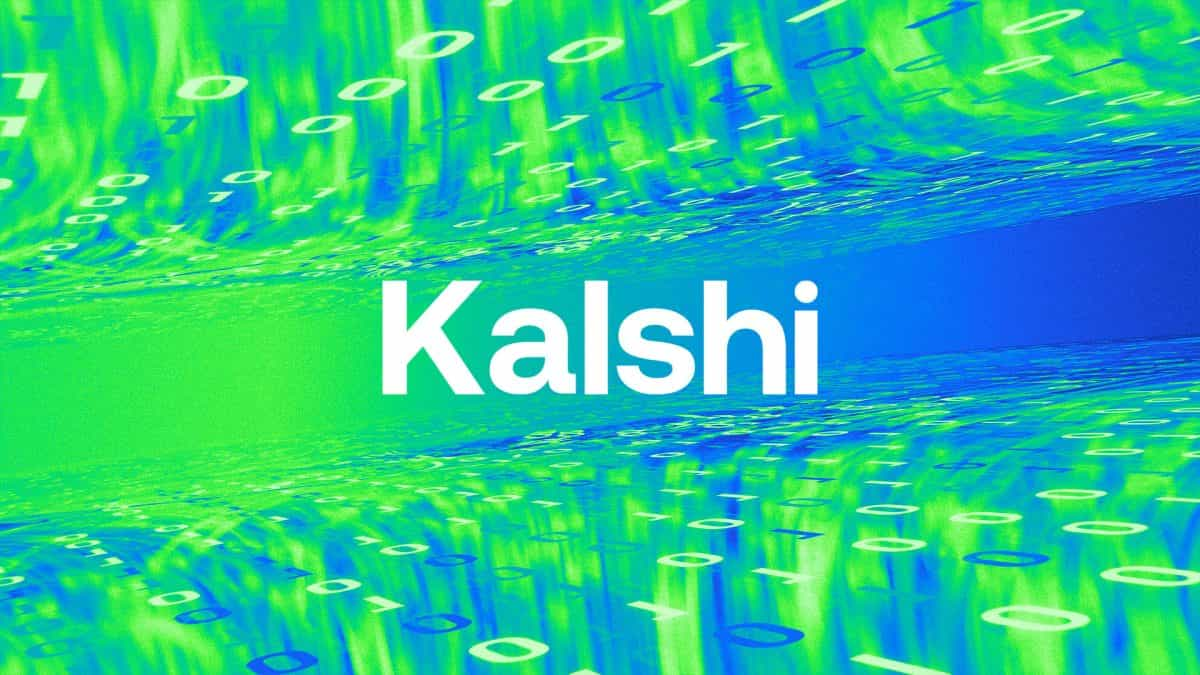What is a Layer 2 network for blockchains?


The concept of scalability in the cryptocurrency realm is a critical aspect that determines the performance of a blockchain network.
Scalability refers to the ability of a network to handle an increasing amount of transactions without compromising the speed or cost efficiency. Initially, when blockchain technology was introduced through Bitcoin, the focus was on creating a decentralized, secure, and transparent transaction system.
However, as the ecosystem grew, the lack of scalability in such Layer 1 blockchains became evident, leading to slow transaction speeds and high transaction fees. That's where Layer 2 scaling solutions can come in handy. In this beginner's guide, we will delve into the basics of Layer 2 protocols and why they're important.
What is a Layer 2 network?
A Layer 2 network refers to an off-chain network or technology that's built on top of a Layer 1 blockchain. Typically, a Layer 2 acts as a separate blockchain that extends the underlying Layer 1 blockchain and inherits its security guarantees. Layer 2 protocols also often run with smart contracts on their underlying blockchain.
Why are Layer 2 networks important?
Layer 2 solutions play a pivotal role in the cryptocurrency landscape. Despite the significant advancements in Layer 1 blockchains like Bitcoin and Ethereum, the inherent scalability limitations continue to present challenges.
Layer 2 solutions, like the Coinbase-backed Base network or the Bitcoin-based Lightning Network, enable the processing of low-value transactions on parallel blockchains. These transactions are then transferred to the main blockchain for final recording. This approach effectively diverts the transactional burden onto the parallel network, thus decongesting the mainnet and solving the scalability problem that plagues Layer 1 blockchains.
Key features, benefits
Layer 2 solutions offer several key features and benefits. They are being increasingly adopted by a wide range of dapps, providing enhanced transaction speeds, lower transaction fees, and ensuring the finality and immutability of transactions on the mainnet. By allowing the mainnet to focus on crucial aspects such as decentralization, data availability, and security, Layer 2 solutions enhance the user experience, making them instrumental in the growth and advancement of the cryptocurrency industry.
Various types of Layer 2 solutions exist, each with its unique characteristics. For instance, Rollups, a type of Layer 2 solution, packages multiple transactions into a single mainnet transaction, inheriting the security provided by Ethereum. They are further classified into Optimistic Rollups and zero-knowledge Rollups, each with its unique way of handling and validating transactions.
Other popular types of Layer 2 solutions include Sidechains, State Channels, Plasma Chains, Nested Blockchains, and Validiums. For example, State Channels, also known as payment channels, enable speedy off-chain transactions, with the final data recorded back to the mainnet later.
Layer 2 solutions are being widely used in today's cryptocurrency landscape, and their importance is set to increase as blockchain technology continues to evolve. They are paving the way for a more scalable, efficient and cost-effective blockchain ecosystem.
Disclaimer: This article was produced with the assistance of OpenAI’s ChatGPT 3.5/4 and reviewed and edited by our editorial team.
© 2025 The Block. All Rights Reserved. This article is provided for informational purposes only. It is not offered or intended to be used as legal, tax, investment, financial, or other advice.



